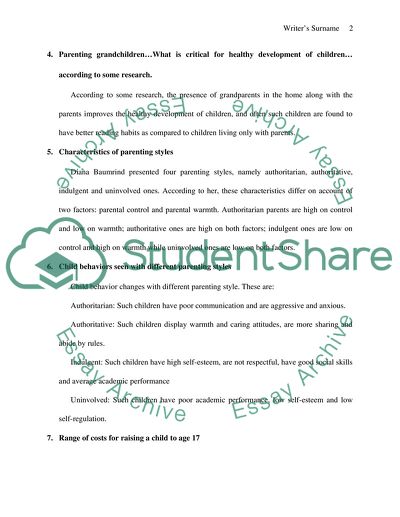Cite this document
(Parental Styles in Interactions with Children Coursework, n.d.)
Parental Styles in Interactions with Children Coursework. Retrieved from https://studentshare.org/family-consumer-science/1802403-study-guide-for-exam-chapter-5-6-7-8
Parental Styles in Interactions with Children Coursework. Retrieved from https://studentshare.org/family-consumer-science/1802403-study-guide-for-exam-chapter-5-6-7-8
(Parental Styles in Interactions With Children Coursework)
Parental Styles in Interactions With Children Coursework. https://studentshare.org/family-consumer-science/1802403-study-guide-for-exam-chapter-5-6-7-8.
Parental Styles in Interactions With Children Coursework. https://studentshare.org/family-consumer-science/1802403-study-guide-for-exam-chapter-5-6-7-8.
“Parental Styles in Interactions With Children Coursework”, n.d. https://studentshare.org/family-consumer-science/1802403-study-guide-for-exam-chapter-5-6-7-8.


